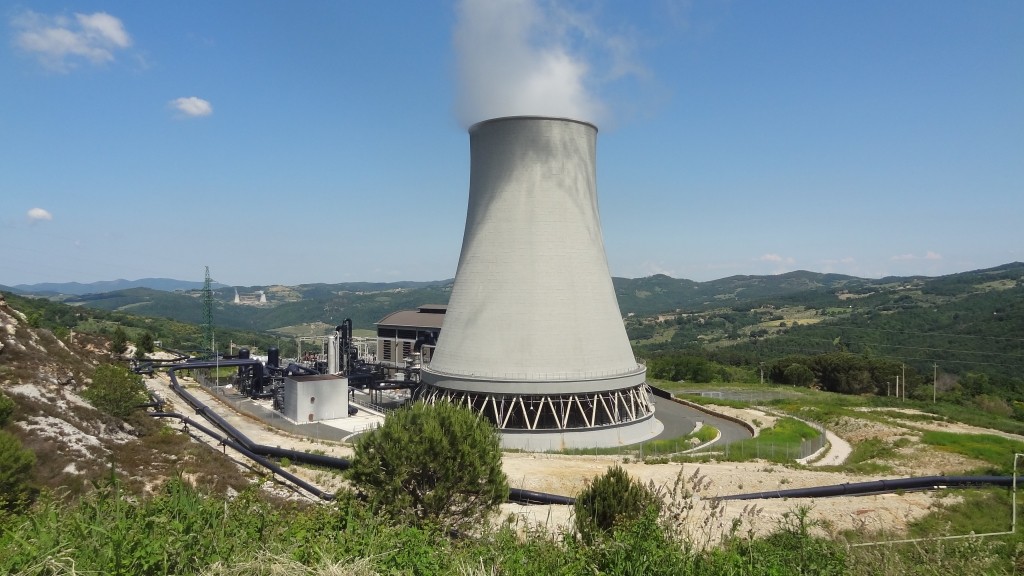Italy issues new Geothermal Guidelines for development and operation
Italy has issued a new guideline document for the utilisation of geothermal energy, that includes details on environmental impact assessment, emissions and more.
As part of its new Energy Policy and Plan, the Italian Government has made high and medium enthalpy geothermal energy one of the strategic elements. Unlike several other renewable energy sources, geothermal is now part of the bigger picture for energy planning in Italy.
With the approval in 2015, a parliamentary resolution committed the government to a number of actions: the ‘ start of’ zoning procedures ‘ of the Italian territory for the various types of geothermal plants, identifying the areas potentially exploitable and the issuance of “guidelines” by the ministries of economic development and the environment that define the specific technical guidelines for the use of the resource.
The guideline document – published in recent days by the MED – is the result of extended working group, which included experts in the geothermal community, representatives of universities, the world of scientific research and of regional administrations primarily interested in projects of geothermal energy.
The Guidelines now published apply to both ordinary geothermal activities (with the partial re-release of geothermal fluids in the formations of origin), subject to the regions, both experimental pilot plant (a process emissions void and re-injection total) responsibility of the State and addresses the issues of greatest interest and methodologies to be applied: by drilling soil monitoring and control of the geothermal field and the micro seismicity
The Environmental Impact Assessment
From an point of view of authorities, the document makes clear that in order to obtain the concession and qualifying title for the construction and operation of the plant, the project will be subject to the environmental impact assessment (EIA) which will include the production of an Environmental impact study with the prevention or mitigation measures provided for any side effects, a study on the social acceptability, and analysis aimed at quantifying the “externalities” ( “external costs and benefits”) Project the planned development.
The geothermal emissions
One chapter is devoted to one of the most controversial aspects of the traditional high enthalpy geothermal energy, ie the plant’s emissions . Some polluting elements may be present in the secondary particles and the drift, namely the aerosol emitted from the cooling towers of a partial re-entry systems. The control for the assessment of pollution “usually consists of installing at least one filter at 500 m distance from the plant, in the direction most exposed to the fallout, as is clear from the results of circulation studies to be carried out anyway for non-continuous “relapse predictions.
The Guidelines provide that additional filter will be will be installed at a site identified as “undisturbed”, for the necessary data comparisons. “The pollutants monitored will be defined based on the characteristics of the geothermal reference and normally at least: mercury (Hg), arsenic (As), antimony (Sb), boron (B) and ammonia (NH3) ” and monitoring “will take place with a cumulative sampling of depositions lasting 20 days before the plant construction and sampling to 5 years from the start of the same”.
The actual guidelines can be downloaded here, but are only available in Italian.
Source: Rinnovabili


















